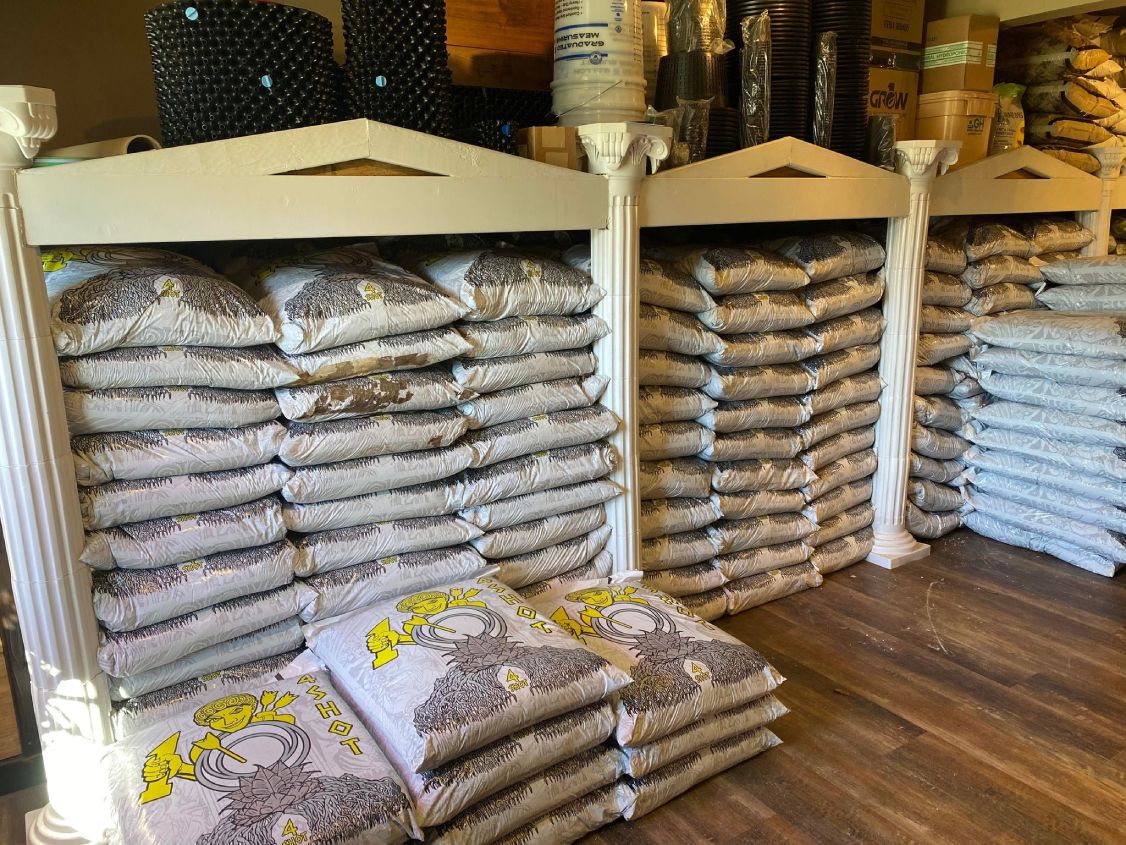Unlocking the Possible of Hydroponics: Understanding Its Utilizes and Various Kinds
Hydroponics, a method of cultivating plants without dirt, has actually amassed raising focus for its possible to revolutionize farming and cultivation techniques. As we navigate through the intricate landscape of hydroponic systems and techniques, it becomes evident that each approach holds distinct advantages and constraints.
Advantages of Hydroponic Solutions

Another advantage of hydroponic systems is the ability to grow plants in a smaller space. By eliminating the need for soil, plants can be grown up and down or in stacked systems, taking full advantage of using offered area. This is especially helpful in metropolitan areas or regions with limited cultivable land. Additionally, hydroponic systems decrease the risk of soil-borne diseases and pests, as there is no dirt to nurture these dangers. This brings about much healthier plants and reduces the need for harmful chemicals, making hydroponic farming a much more ecologically friendly and lasting choice.
Typical Uses in Farming

Provided the efficient water preservation and space-saving benefits of hydroponic systems, it appears that these ingenious farming approaches have actually located usual usages in numerous fields of agriculture. In conventional agriculture, soil-based farming can be land-consuming and labor-intensive. Hydroponics uses an option by permitting plants to be grown without dirt, reducing water use by approximately 90% contrasted to traditional farming techniques. This makes hydroponics especially suitable for regions encountering water scarcity or restricted arable land. Additionally, the controlled environment of hydroponic systems makes it possible for year-round growing, supplying a constant supply of fresh produce no matter outside climate condition.
Hydroponics is generally used for growing a range of crops, including leafy eco-friendlies, tomatoes, cucumbers, herbs, strawberries, and peppers. Furthermore, hydroponic systems are utilized in research study and instructional setups to research plant growth, cultivation, and nutrition techniques.
Checking Out Different Hydroponic Techniques
Hydroponic systems supply a variety of approaches that provide to various plant kinds and cultivation objectives. Additionally, the Ebb and Circulation system, likewise understood as the Flood and Drainpipe system, intermittently floodings the plant roots with nutrient option, allowing for oxygenation throughout draining durations. Each of these strategies showcases the adaptability and efficiency of hydroponic systems in boosting crop development and return.
Comparing Numerous Hydroponic Systems
Discovering the effectiveness and return enhancement methods in hydroponics leads us to right here contrast various hydroponic systems offered for plant cultivation. Each hydroponic system has its special functions, benefits, and limitations, making it critical for cultivators to pick one of the most suitable system based on their details needs and restrictions.
Among the most common hydroponic systems is their explanation the nutrient movie strategy (NFT), where a slim film of nutrient service constantly moves over the plant origins. This system is prized for its water performance and suitability for growing leafy eco-friendlies and natural herbs. In comparison, the deep water culture (DWC) system submerges plant roots directly into the nutrient solution, offering adequate oxygen and nutrients. The DWC system is reasonably simple and affordable, making it a preferred choice for novices.
One more prominent hydroponic system is the ups and downs (or flood and drain) system, which periodically floodings the plant origins with nutrient option prior to draining it. This cyclic process makes sure appropriate aeration for the roots while delivering nutrients efficiently. In addition, the aeroponic system puts on hold plant origins in the air and mists them with a nutrient remedy, advertising fast growth and high oxygenation levels. Farmers looking for a functional system that decreases water use usually decide for aeroponics. By comprehending the differences between these hydroponic systems, farmers can make educated decisions to make best use of plant yield and quality.
Developments in Hydroponic Modern Technology
With improvements in hydroponic technology, the farming industry is seeing a shift in the direction of much more reliable and sustainable farming methods. Technologies in hydroponic innovation are reinventing the way plants are expanded by optimizing yields, saving sources, and decreasing ecological impact. One key technology is the growth of clever see here now hydroponic systems that use sensing units and automation to monitor and readjust ecological conditions such as pH levels, nutrient focus, and light direct exposure in real-time. These systems allow precise control over growing problems, bring about optimal plant growth and higher plant returns.
An additional notable development is the combination of vertical farming methods with hydroponic systems, permitting the farming of plants in piled layers. This upright strategy optimizes room application, making it ideal for urban atmospheres where land accessibility is limited - The Indoor Earthworm. Furthermore, the use of advanced LED lighting systems tailored to specific plant needs has actually boosted energy effectiveness and enhanced growth prices in hydroponic arrangements
Advancements like these are driving the development of hydroponics, making it a sustainable and highly eye-catching choice for modern farming.
Final Thought
Finally, hydroponics supplies many benefits in farming and has numerous strategies and systems that can be utilized to optimize its capacity. Innovations in hydroponic modern technology remain to boost effectiveness and sustainability in food manufacturing. By comprehending the uses and various kinds of hydroponic systems, farmers and farmers can unlock the complete capacity of this cutting-edge technique of expanding plants without soil.
In addition, hydroponic systems allow for far better control over nutrient degrees, pH equilibrium, and environmental conditions, leading to much healthier plants and greater returns.

Comments on “Transform Your Garden with The Indoor Earthworm's Planting Strategy”